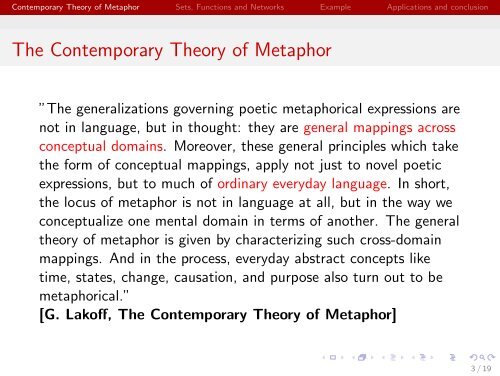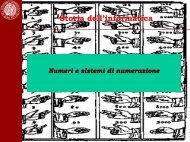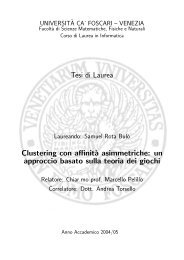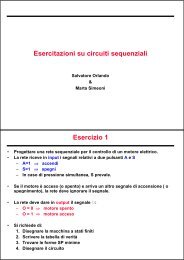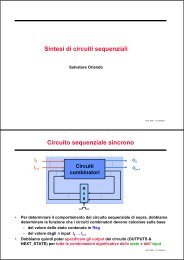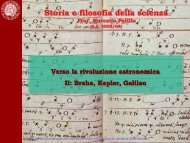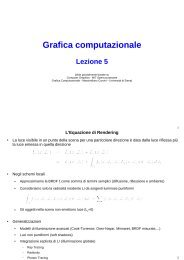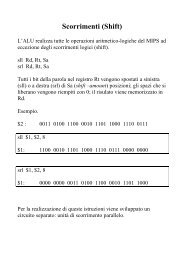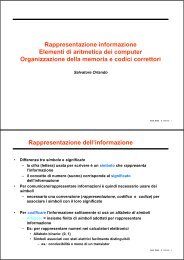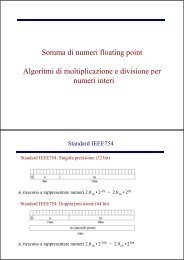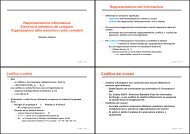A Neural-Symbolic Approach to the Contemporary Theory of Metaphor
A Neural-Symbolic Approach to the Contemporary Theory of Metaphor
A Neural-Symbolic Approach to the Contemporary Theory of Metaphor
Create successful ePaper yourself
Turn your PDF publications into a flip-book with our unique Google optimized e-Paper software.
<strong>Contemporary</strong> <strong>Theory</strong> <strong>of</strong> <strong>Metaphor</strong> Sets, Functions and Networks Example Applications and conclusion<br />
The <strong>Contemporary</strong> <strong>Theory</strong> <strong>of</strong> <strong>Metaphor</strong><br />
”The generalizations governing poetic metaphorical expressions are<br />
not in language, but in thought: <strong>the</strong>y are general mappings across<br />
conceptual domains. Moreover, <strong>the</strong>se general principles which take<br />
<strong>the</strong> form <strong>of</strong> conceptual mappings, apply not just <strong>to</strong> novel poetic<br />
expressions, but <strong>to</strong> much <strong>of</strong> ordinary everyday language. In short,<br />
<strong>the</strong> locus <strong>of</strong> metaphor is not in language at all, but in <strong>the</strong> way we<br />
conceptualize one mental domain in terms <strong>of</strong> ano<strong>the</strong>r. The general<br />
<strong>the</strong>ory <strong>of</strong> metaphor is given by characterizing such cross-domain<br />
mappings. And in <strong>the</strong> process, everyday abstract concepts like<br />
time, states, change, causation, and purpose also turn out <strong>to</strong> be<br />
metaphorical.”<br />
[G. Lak<strong>of</strong>f, The <strong>Contemporary</strong> <strong>Theory</strong> <strong>of</strong> <strong>Metaphor</strong>]<br />
3 / 19


